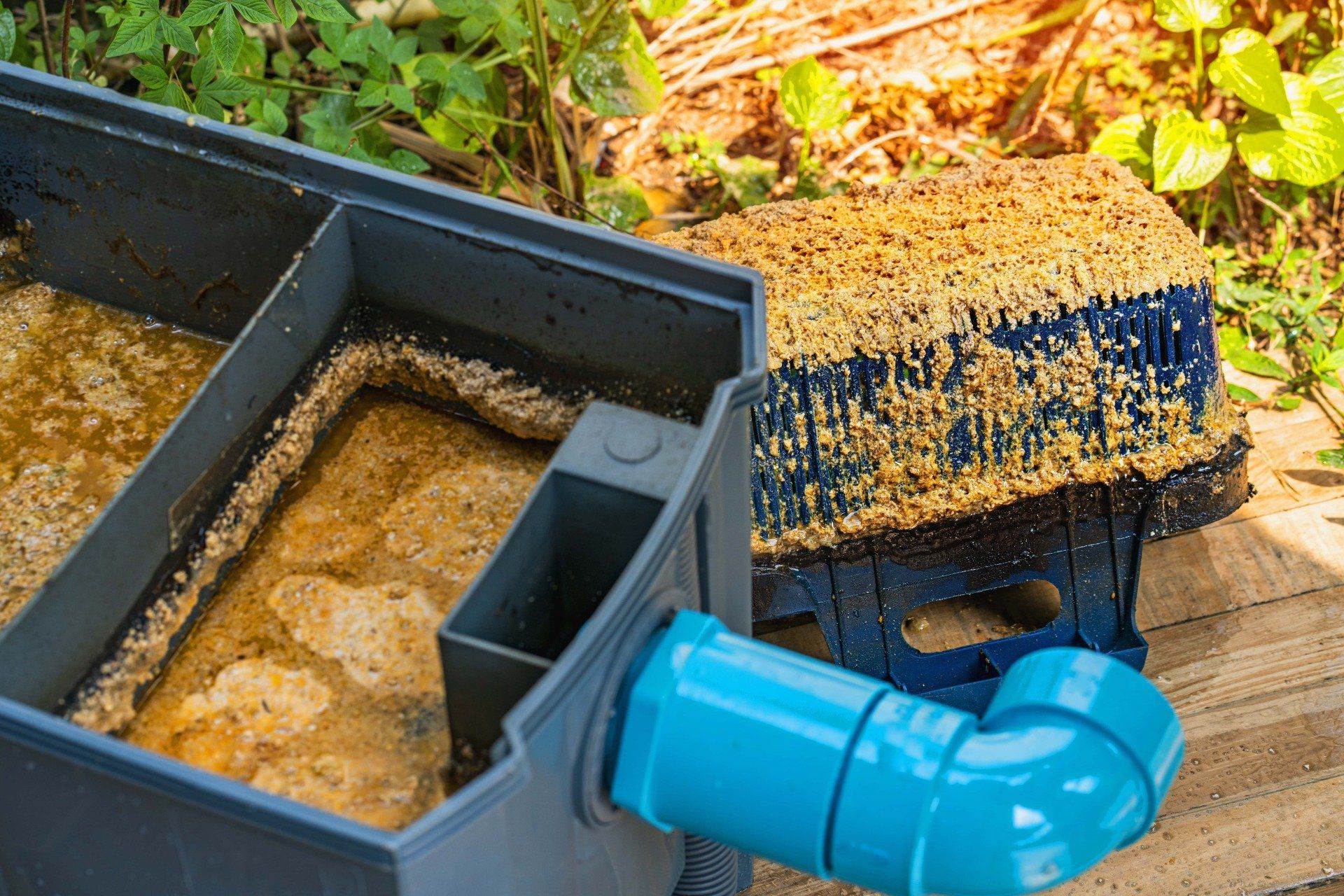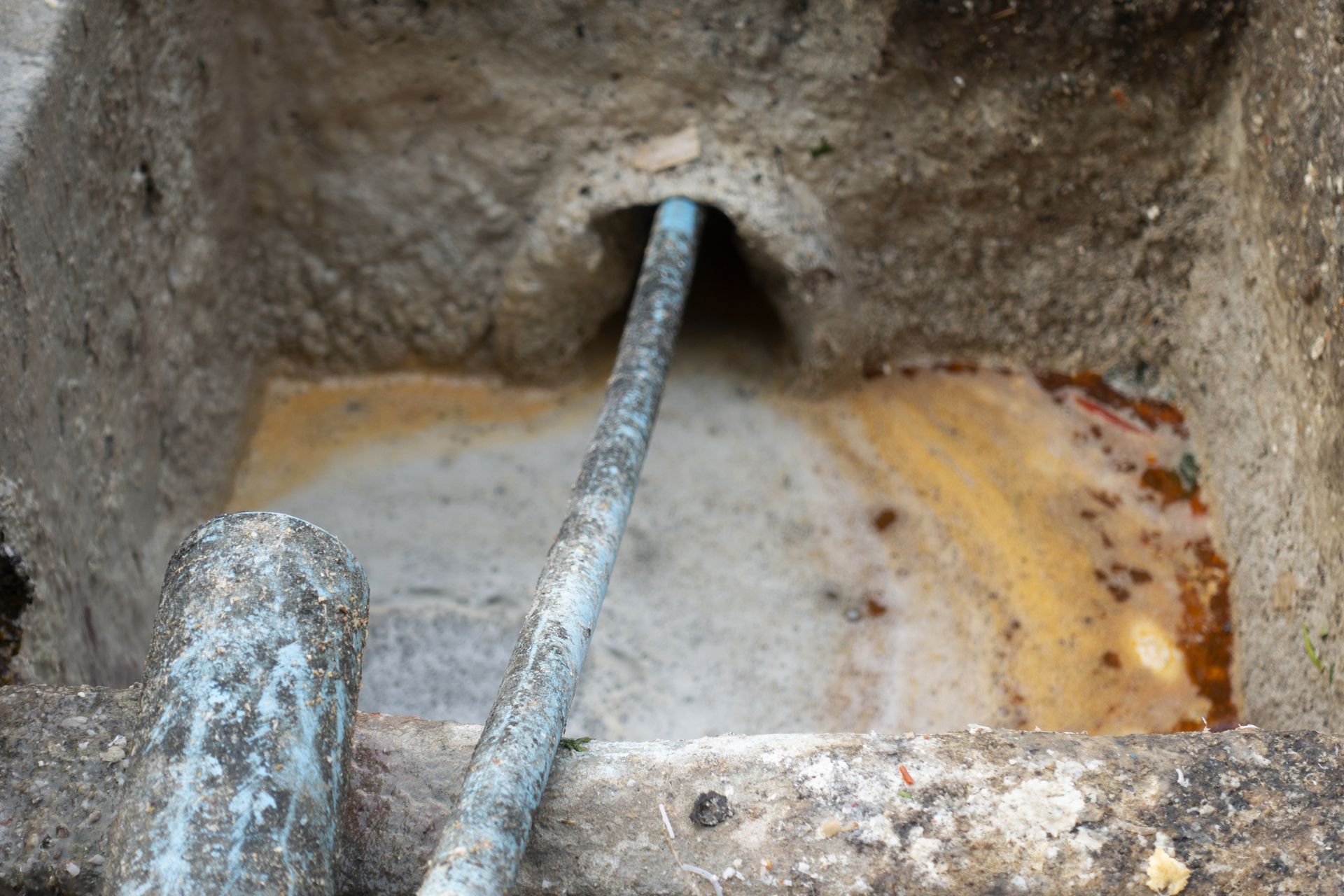Call Today for a FREE Quote
(404) 419-6887
What Kind of Grease Trap Is Right for My Restaurant?

The size and capacity required for a grease trap to be effective is dependent on the rate of water flowing down a restaurant’s drains. This is capacity is measured in gallons per minute (GPM). Factors that can impact a restaurant’s gallons per minute needs include things like:
- The number of sinks in a restaurant
- The size, number and capacity of dishwashers
- If you have additional plumbing appliances like glass washers
In addition to flow rate, grease traps should also list a grease capacity pounds (GCP) and size symbols that are given to grease traps based on recommendations from the Plumbing and Drainage Institute. The PDI size symbol generally correlates with the GPM flow rate.
Restaurants and food service businesses in Atlanta usually work with a professional plumber experienced with sizing and installing grease traps for their initial grease trap installation. Problems can arise later if your plumbing needs change, but you don’t modify your existing grease traps.
If you want to make sure you’re investing in the right kind of grease trap for your business we recommend familiarizing yourself with the Plumbing and Drainage Institute’s procedures for choosing the right sized grease interceptors (which can be found on page 14 of this document).
Grease Traps for Dishwashers
Atlanta ordinances do specify some wastewater sources and materials that must go to outdoor grease traps. These include:
- Wastewater discharge from dishwashers
- Any wastewater that’s over 140 degrees Fahrenheit
- Discharge and wastewater from garbage disposals
- Caustic grease trap cleaners or acids
Another important factor to take into consideration is the distance a grease trap or grease interceptor is from a dishwasher. If a grease trap is too close to the dishwasher a high flow rate of hot water combined with detergent can prevent the FOG from properly separating in the grease trap. There’s even the potential for the hot water and dishwashing chemicals to break up the settled FOG and exacerbate the problem. When that happens the fats, oils and grease could escape down the sewer, effectively defeating the purpose of the grease trap.
Grease Traps for Sinks
Where a grease trap is located for sinks depends on the establishment. Many food service businesses in Atlanta require below-ground grease traps that are often located underneath parking lots or somewhere outside where it’s out of the way and can be easily accessed for cleaning.
If a sink has its own separate grease trap in a restaurant it is often located underneath or nearby the sink. For example, a three-compartment sink may require a 70- to 90-pound grease trap to handle the max flow capacity.
Atlanta restaurant owners who want to make sure they’re staying in compliance with the city’s FOG ordinances should take the advice of professional plumbers and check the city’s recommendations, which can be found on page seven of the city’s grease ordinances.
The city’s table is useful for figuring out the drainage load of a sink based on its size and number of compartments, but you can also find other resources online. Some companies that manufacture and sell grease traps also have their own helpful guides and calculations that you can use.
Whether to Install Several Small Traps or One Large Grease Trap
You may have more options if you run a low-capacity food service business. Georgia’s rules and regulations on FOG require larger restaurants to have large outdoor grease traps (at least two 1,500 gallon below-ground traps, and maybe more).
There are pros and cons for indoor and outdoor options. Smaller in-restaurant grease traps are easier to access and replace if something goes wrong, but they will also all need to be cleaned at least once every two weeks and will be separately inspected multiple times a year by the city’s inspectors.
The annual fee for grease traps increases with increments of five, so you’ll pay the same fee with one grease trap or five grease traps.
Staying Compliant with Grease Trap Cleaning and FOG Disposal
Getting the right grease trap installed is only the first step towards ensuring your business avoids fees or penalties relating to improper FOG disposal.
In many ways, choosing the right grease trap and getting it installed is the easy part. The more important part that you must keep up with on a regular basis is grease trap servicing.
Southern Green Industries offers reliable grease trap cleaning, fryer oil recycling and FOG disposal solutions to food services businesses throughout the state of Georgia. We can provide regularly scheduled cleaning or one-off cleaning as needed. We pride ourselves on being one of Georgia’s greenest grease trap cleaning companies, and we even have our own wastewater processing and oil recycling facilities.
Call us at (404) 419-6887 to request service or to learn about our grease trap cleaning or fryer oil recycling scheduling options.
Recent Blog Posts
Contact us Today for a FREE Quote
We are committed to making grease trap cleaning and fryer oil recycling as clean and easy as possible. If you’d like to learn more about our services or get a quote, give us a call at (404) 419-6887.
Southern Green Industries is an Atlanta owned and operated grease trap cleaning and fryer oil recycling company operating in Atlanta and throughout the entire state of Georgia.
All Rights Reserved | Southern Green Industries | Built by REV77


